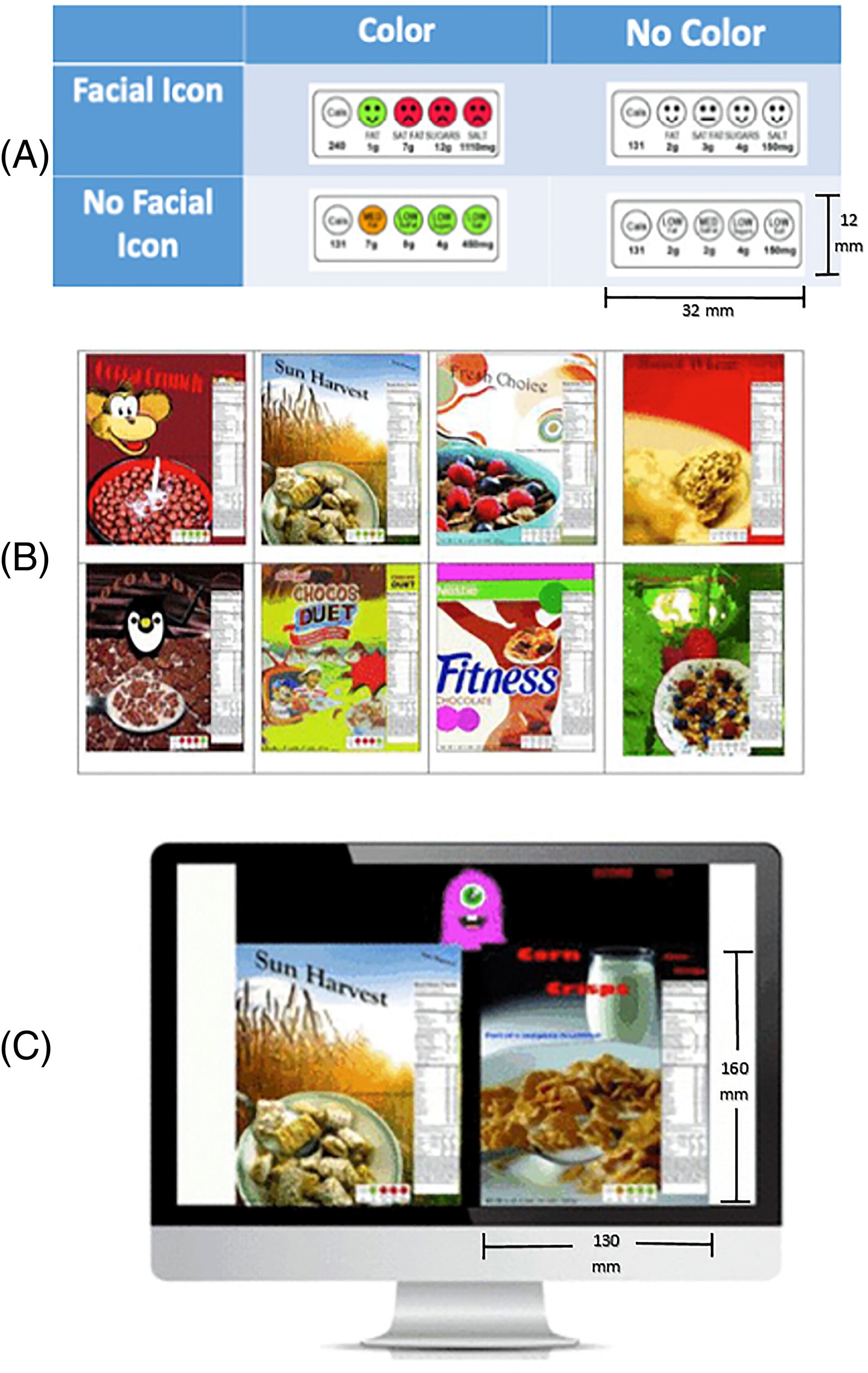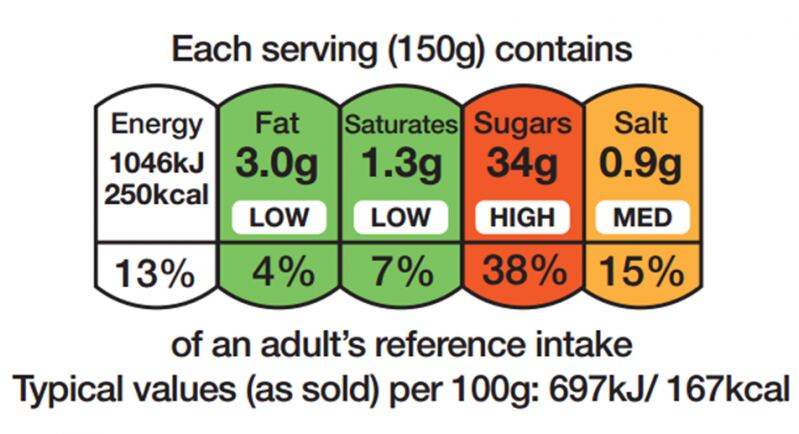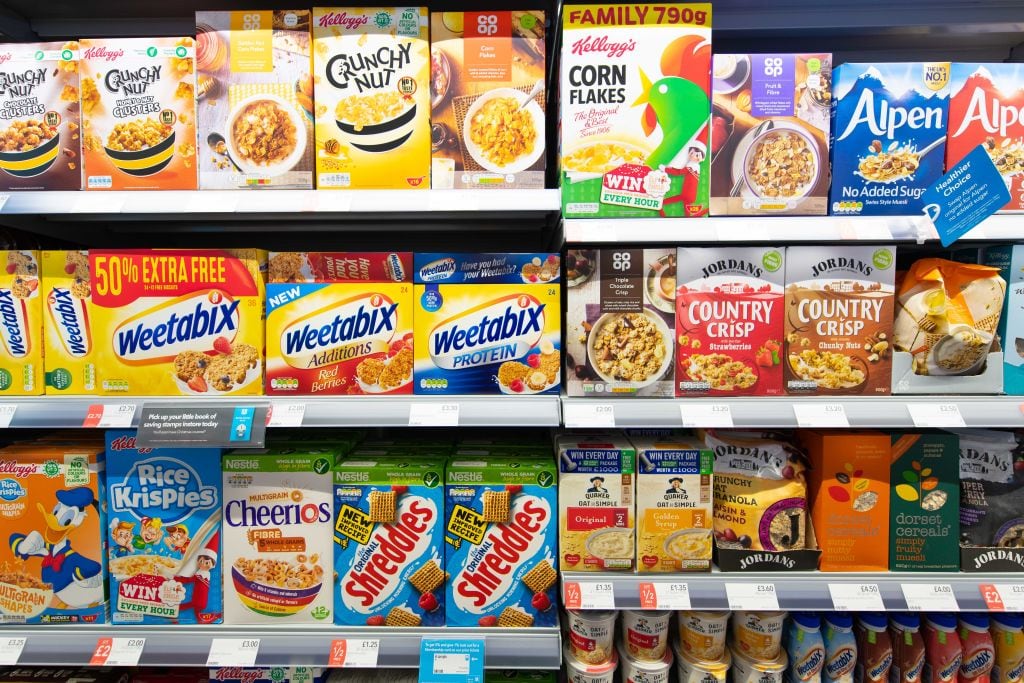Marketers and regulators do not always see eye-to-eye, particularly where unhealthy food products are concerned. Indeed, marketing and advertisements promoting the sale of these products has come under fire of late.
Earlier this year, the World Health Organization (WHO) called for an age ban on social media adverts promoting foods high in fat, salt and sugar. And in the UK, campaign groups Action of Sugar and Action on Salt are fighting for the ban of cartoons and bright packaging on unhealthy breakfast products that target children.
Underlying much of this disparity between marketers and regulators is intention. Where those in product promotion are attempting to influence food purchases, the same cannot be said of nutrition-focused authorities.
“Front-of-pack (FOP) marketing may target children specifically, whereas nutrition FOP labels do not. In fact, nutrition often remains silent in the background,” school of packaging professor Laura Bix, from Michigan State University (MSU) in the US, told FoodNavigator.
Indeed, in the US – where FOP packaging remains unregulated – regulatory information targets ‘cognitive ability’ or ‘adult thinking’, Bix suggested. “It uses decimals, it uses different units of measure, there are percentages, and it requires an assessment of how one product compares to another.”
At the same time, childhood is recognised as an important phase of life regarding the development of eating habits. And kids can have strong influence over what is purchased for the home.

So what kinds of FOP labels could help children make healthier – and ultimately better – decisions? A study conducted by Bix and colleagues from MSU set out to respond to this question by looking at two qualitative overlays on FOP nutrition labels: colour and facial icons.
The study: Feeding ‘Munchy’ the monster
The study used video gaming to objectively evaluate FOP labelling for school-aged children. A total of 80 participants aged six to 10 years of age were recruited, and asked to play ‘Munchy Monster’.
The computer game, specifically devised for the study, showed an image of two different, mock-branded cereal boxes placed side-by-side. On each box, any one of four FOP labels was present:
- Text plus colour (kindred to the traffic light system used in the UK);
- Text without colour;
- Facial icons plus colour; and
- Facial icons without colour
Nutrients were categorised into high, moderate, and low levels based on the UK Food Standards Agency’s traffic light label guidelines.
What is a traffic light label?
As the name suggests, the traffic light label employs a colour-coded system that rates the health of products. The label assigns either red, amber, or green, according to the amount of salt, fat, saturated fat and sugar present in the food.
The UK was the first European country to introduce the voluntary nationwide traffic lights labelling scheme in 2012.
According to the British Nutrition Foundation:
Green means “it is low in that nutrient and a healthier choice”;
Amber means “the product is neither high nor low in the specific nutrient. You can eat foods with all or mostly amber on the label most of the time”; and
Red means “the food is high in fat, saturated fat, salt or sugar. We should be cutting down on foods with lots of red on the label, or if they are eaten, to have less often and in small amounts”.

Within the trial, each cereal box presented the same FOP format, with one option healthier than the other. Yet the principal display panel was randomised relative to the nutrition information, Bix explained.
This meant that a ‘very chocolatey’ looking cereal could display a ‘green’ – i.e. healthy – FOP label. And similarly, a cereal packet displaying a wheat field could display mostly reds, we were told.
A monster character named Munchy then asked the child to feed it the healthier cereal as quickly as possible.
“Hi my name is Munchy. I like to eat, but only healthy foods. Will you please feed me? In the game, you will see two cereal boxes. One is healthier than the other. To feed me, please press the button on the side with the healthy cereal. If you select the healthy one I will eat it and you will get points.
“If you select the unhealthy one I will refuse to eat and you will not get any points. I am really hungry so please choose the healthy one as fast as you can. Do you have any questions?” – Munchy Monster video game
Ahead of the trial, the 80 participants were split into two groups. The first group were ‘uninstructed’, meaning they received no introduction to FOP labelling ahead of playing the game.
The second group were given ‘minimal information’, meaning that the researcher pointed to the FOP and said: “This information might be helpful when you decide what’s healthy”.
Colourful findings
The study revealed colour coding and facial icons – whether displayed together or not – ‘significantly benefit’ selection accuracy and speed.
Children in the ‘minimally instructed’ group were more accurate in identifying the healthier option than those that received no instruction. Yet across the board, reaction times were faster for colour-coded FOP labels.
It appeared that colour stood out, Bix told this publication. “The colour FOPs were consistently much faster and more accurate.
“However, of all the treatments, all combinations outperformed the FOPs with no face and no colour.”

So what does this study reveal about the colour-coded traffic light label system? “Literature suggests that [colour-coded systems] attract shoppers’ attention…they are more likely to look at nutrition information that is coloured,” said Bix.
Further, colour-coded systems can easily cross product comparisons, allowing consumers to more easily compare health profiles at a glance.
“Now, you can debate where those lines are drawn between green and yellow, and yellow and red, and what ‘better’ means, but [ultimately] they help shoppers make faster cross product comparisons and more accurate cross product comparisons,” she continued.
The Munchy Monster study suggests that even young children are able to make those same kinds of assessments – and make them more quickly - with colour.
“I’m hoping that [this study] reaches standards bodies, regulators, as well as manufacturers. Because even without instruction, there was some benefit to children,” noted Bix.
“It means they could start to make informed decisions.”
Source: Packaging Technology and Science
Published: 20 June 2019
‘Munchy Monster: Using video gaming to objectively evaluate front-of-pack labelling strategies for school-aged children’
DOI: https://doi.org/10.1002/pts.2451
Authors: Mark W. Becker, Eric Brunk, Katie Cwiakala, Laura Bix





